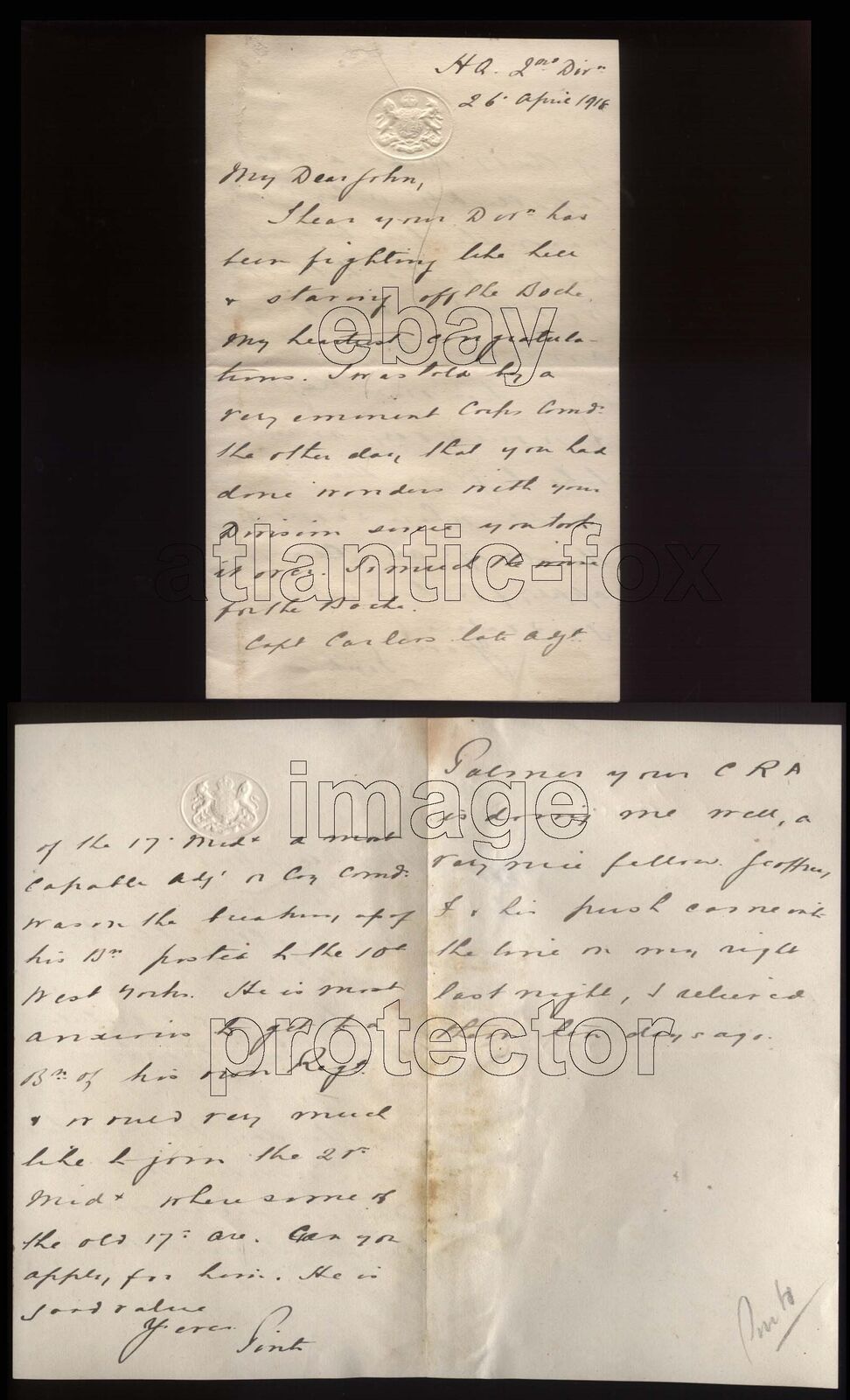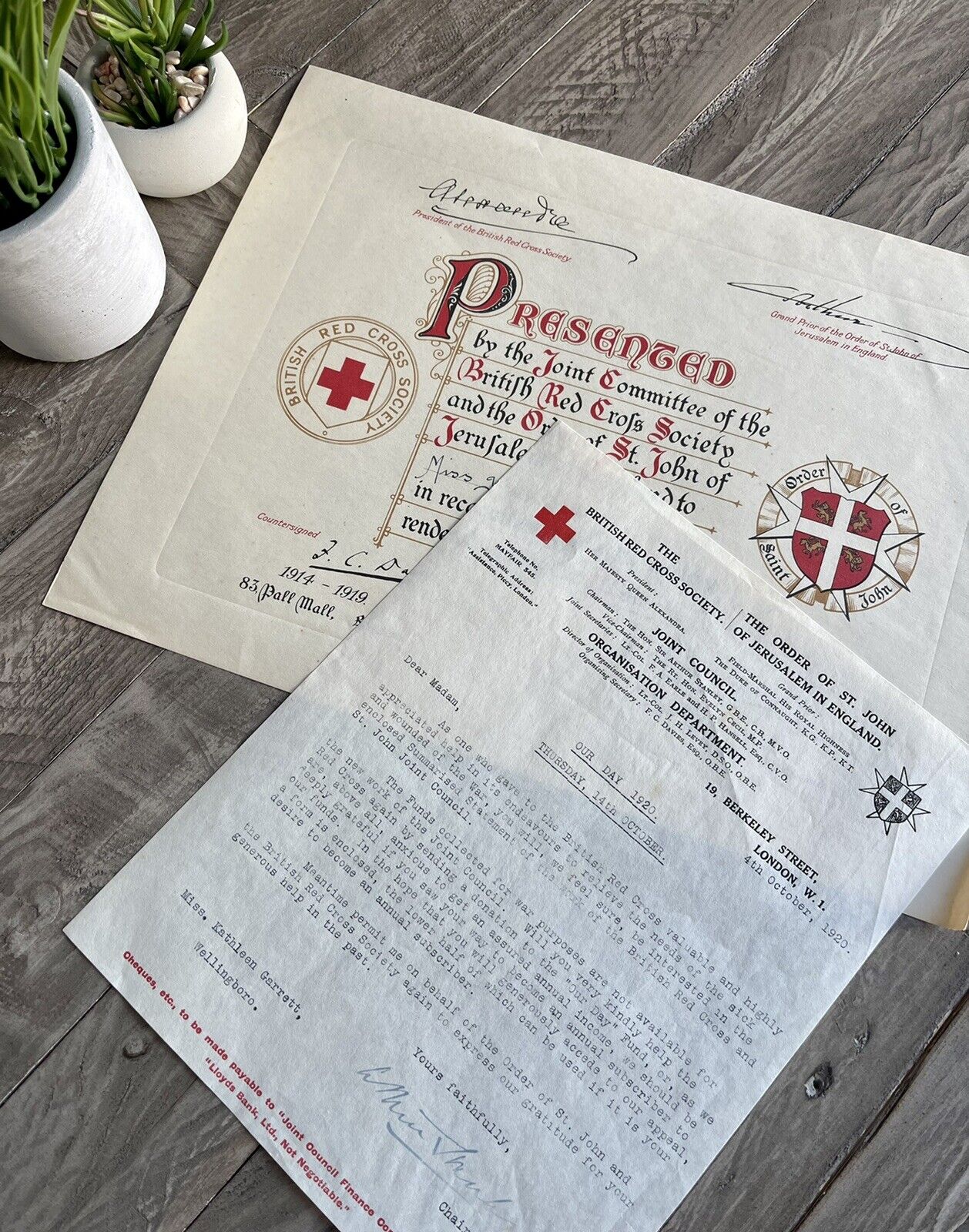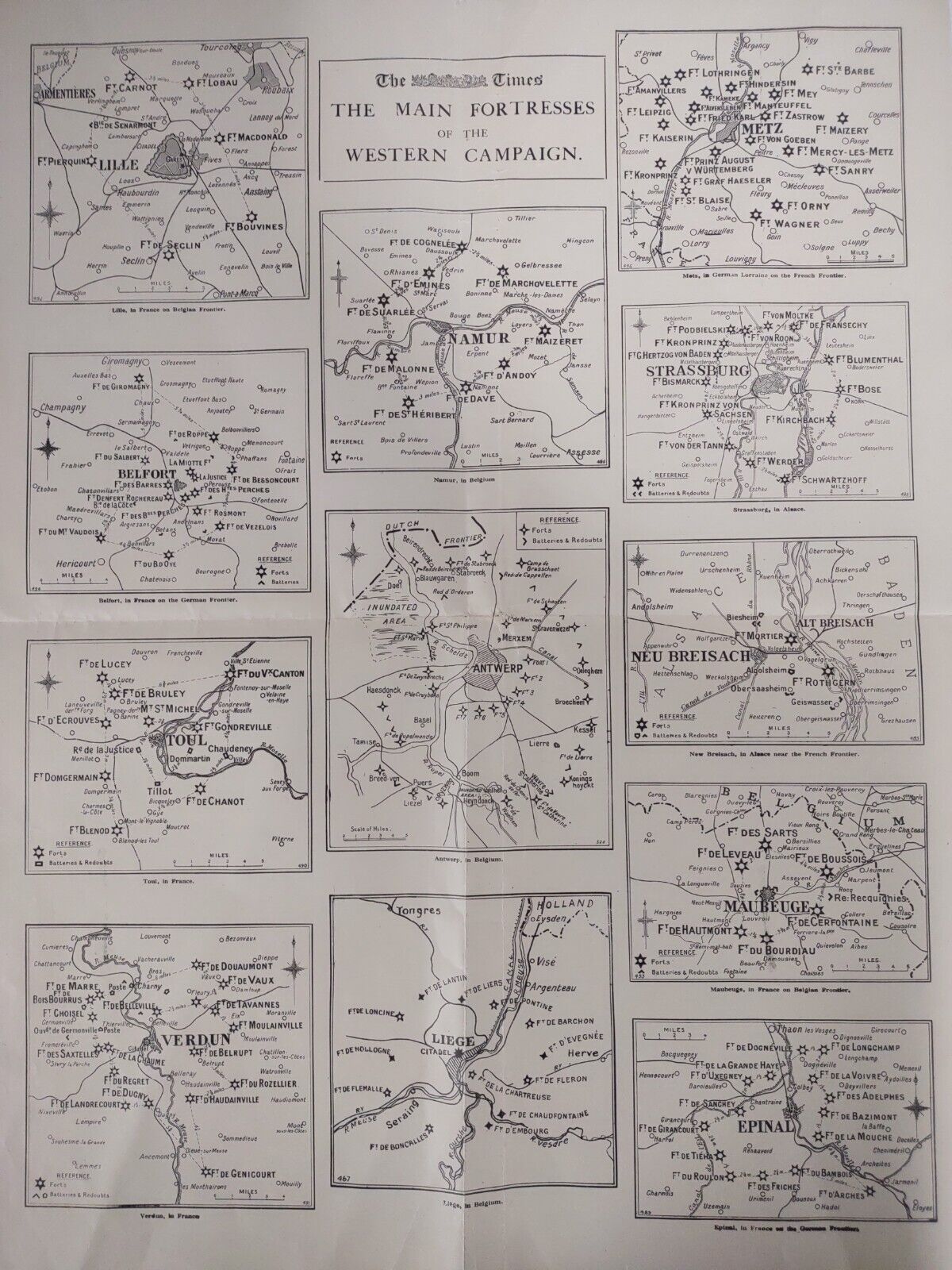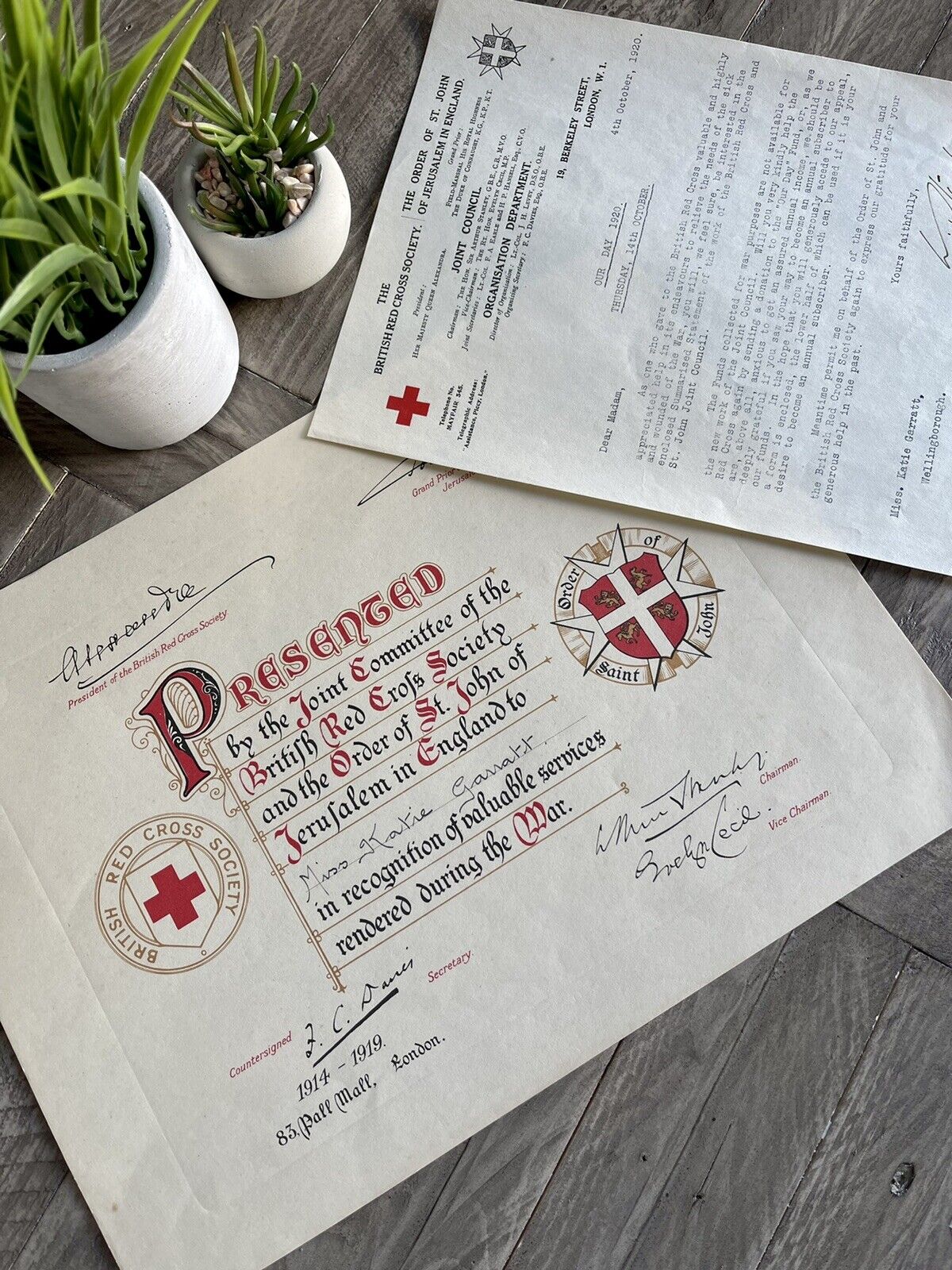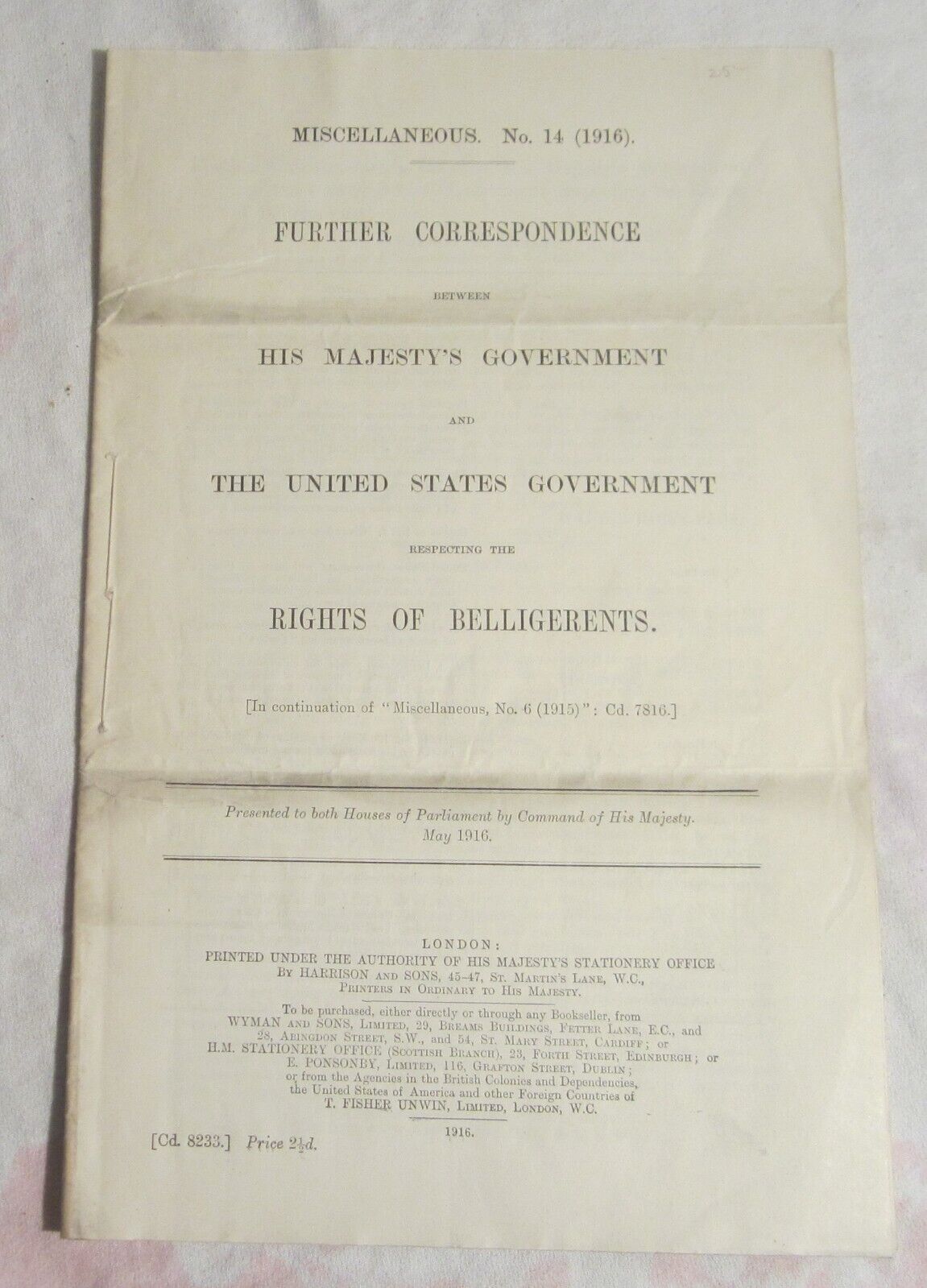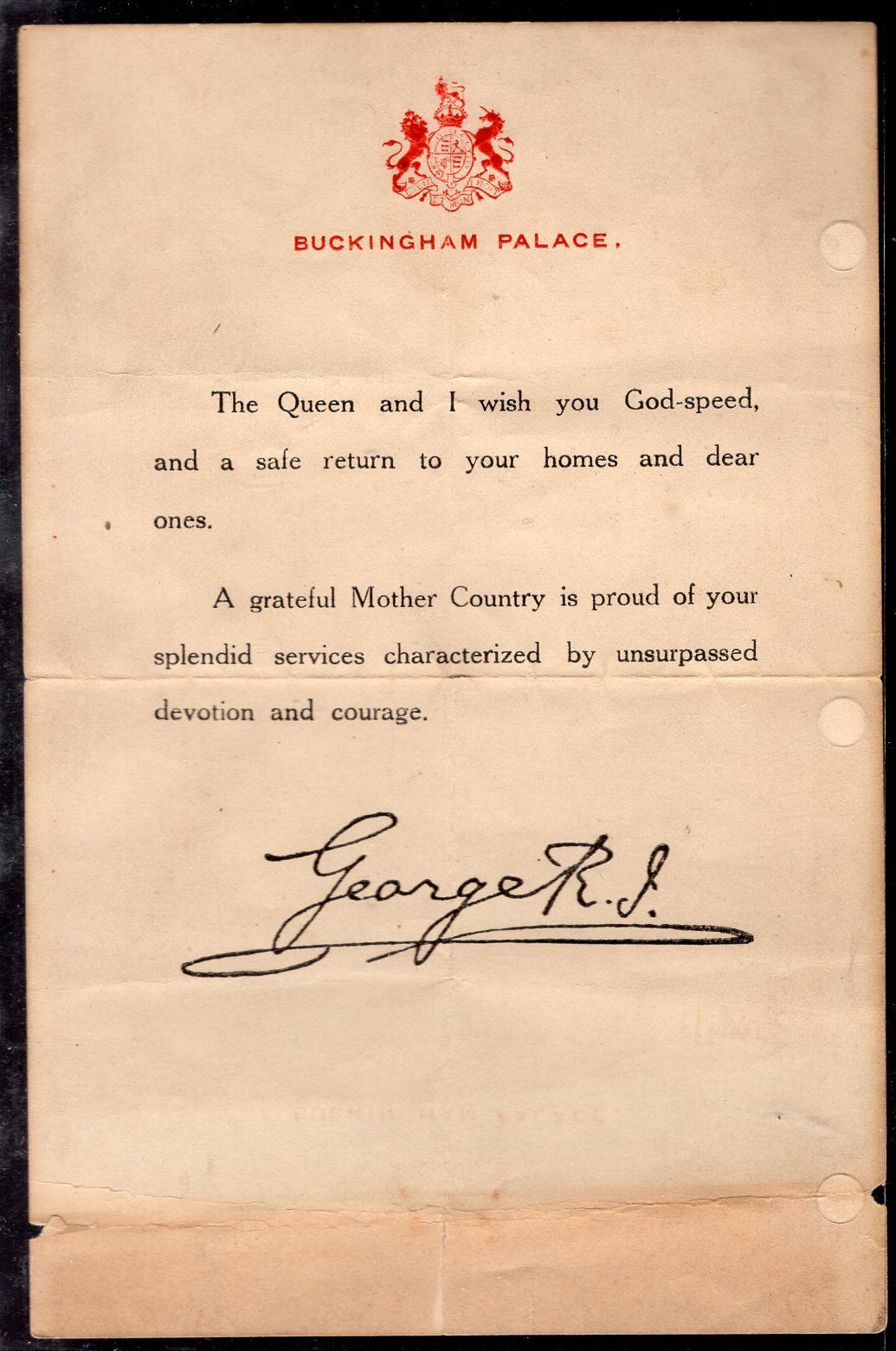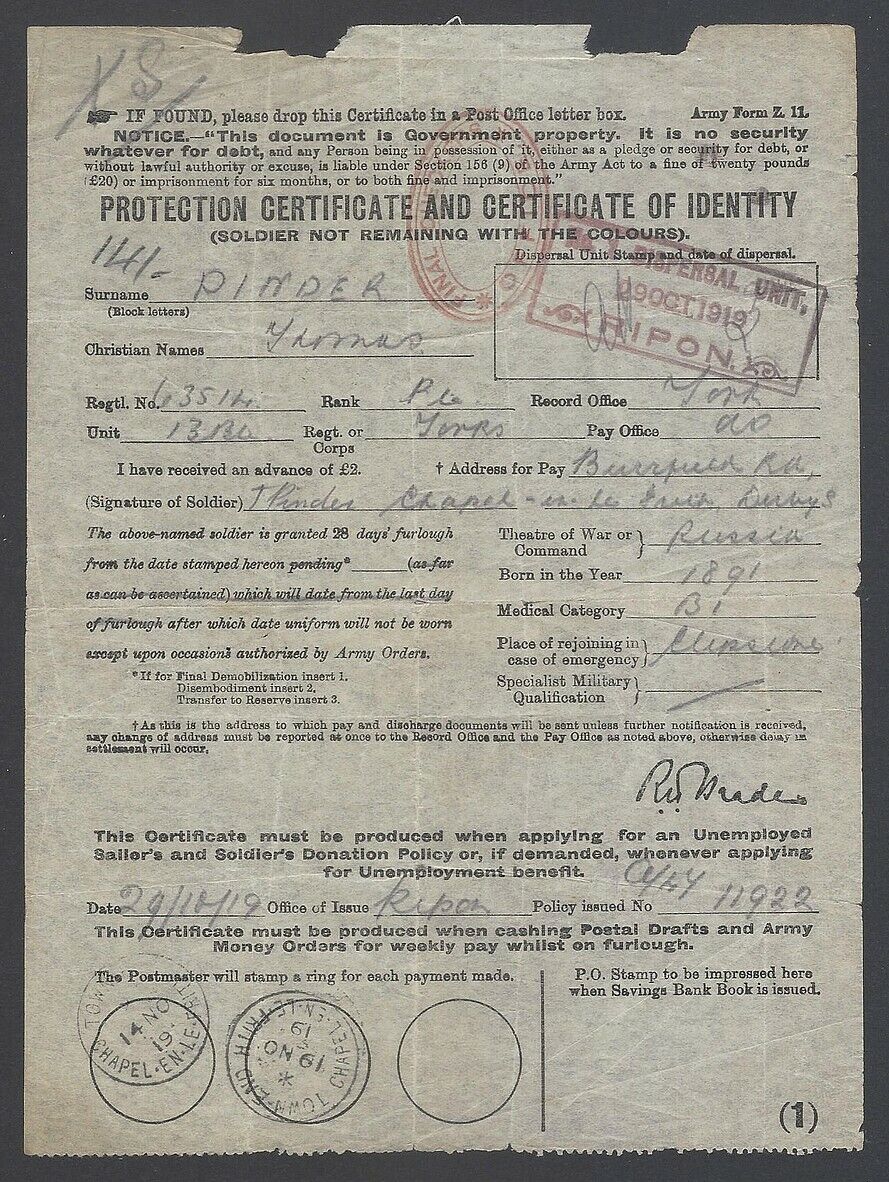-40%
1918 Major-General Sir CECIL E PEREIRA, C/O 2ND DIVISION- Major General Ponsonby
$ 152.56
- Description
- Size Guide
Description
1918 Major-General Sir CECIL E PEREIRA, C/O 2ND DIVISION- Major General PonsonbyThis product data sheet is originally written in English.
1918 MAJOR-GENERAL Sir CECIL E Pereira, C/O 2ND DIVISION, H.Q. 26th April Three page letter, signed 'Pinto' to his friend Major General Sir John Ponsonby, Commanding the 40th Division in France
Major-General Sir Cecil Edward (Pinto) Pereira, KCB, CMG (24 July 1869 – 26 October 1942) was a British Army officer who commanded the 2nd Division during the First World War.
Educated at the Oratory School, Edgbaston, Pereira was commissioned into the Coldstream Guards in 1890. He served in Uganda from 1898 and was seconded for service in the Second Boer War in South Africa in March 1900, and attached to the Rhodesian Field Force. He then served in the First World War and was appointed Commanding Officer of 2nd Battalion Coldstream Guards in 1914, commander of 85th Brigade (which he led at the Battle of Loos) in 1915 and commander of 1st Guards Brigade in January 1916, before being made General Officer Commanding 2nd Division in December 1916. After the war he became General Officer Commanding 56th (London) Infantry Division from 1919 until his retirement in 1923.
During the Second World War Pereira commanded the Local Defence Volunteers in London.
Family
In 1903 Pereira married Helen Mary Josephine (Nellie) Lane Fox; they had three sons and two daughters. His brothers were George Pereira, a soldier and explorer, and Edward Pereira, a priest, schoolmaster and cricketer. He settled after 1924 at Caversham Place, near Reading, a house designed for him by Clough Williams-Ellis.
By 1918, the number of front-line infantry within the British Army in France had decreased because of casualties and a lack of eligible reinforcements, leading to a manpower crisis. To consolidate manpower and to increase the ratio of machine guns and artillery support available to the infantry, the number of battalions in a division was reduced from twelve to nine; with each brigade being reduced from four to three battalions. This reduced the establishment of a division from 18,825 men to 16,035. For the 2nd Division, this change took place in February when three battalions were disbanded. The troops from one were redistributed to other units within the division, while the others left.
Major-General Cecil Pereira, (Pinto)
the division's commander during this period, stated, "The old soldiers who have survived many a fight are very hard hit by this." During the opening months of the year, the division again manned the frontline. Its last week in the line, which ended on 20 March, saw the division suffer 3,000 casualties from the German use of gas.
On 21 March, Germany launched Operation Michael. This attack, which became the opening salvo of their spring offensive, aimed to deliver a single, decisive, war-winning blow. The Germans intended to strike the southern British flank, to separate the British and French armies and then move north to engage the bulk of the British forces in France in a battle of annihilation. The aim was to inflict such a defeat upon the British that the country would abandon the war, which in turn would force the French to sue for peace. As a result, the greatly weakened division reentered the line on 21 March and engaged in heavy fighting through April. When the division was relieved on 4 April, it had suffered 4,000 casualties and been reduced to a fighting strength of around 6,000. Wyrall wrote, "fighting divisions with such fine records as that held by the 2nd Division were not allowed long out of the line". Consequently, the division returned to the frontline by 15 April, and was soon engaged in more back and forth fighting. By 6 June, the German offensive had ended. The division rebuilt its strength, trained, and tutored newly arrived American troops.
On 8 August, the Allied armies launched the Battle of Amiens that began the Hundred Days Offensive, the culminating offensive of the war. On 21 August, the division took part in the Third Battle of Albert, part of the Second Battle of the Somme, and liberated several villages. This was followed by fighting at Arras, between 2–3 September, and then an advance to the Canal du Nord. Over the course of the rest of the month, the division took part in preliminary operations for the Battle of Havrincourt and then the Battle of the Canal du Nord. In October, the division fought at Second Battle of Cambrai and liberated the village of Forenville. By this point of the offensive, divisional casualties had reached 3,900. The Battle of the Selle followed, between 17–25 October, and the division reached the outskirts of Forêt de Mormal. Wyrall noted that some of the division's old hands had last marched through this forest in 1914. The division carried out its last trench Raid of the war on 1 November, before it moved into reserve and ended the war near Le Quesnoy, France. Casualties in the final year of the war amounted to 10,201. Don Farr, a historian, wrote the division had "an excellent reputation" and continued "to be rated as one of the BEF's best" throughout the war.
Fresh to the Market Place, from Major-General Sir John Ponsonby's Collection
For more from this collection see our shop category for SIR HENRY & JOHN PONSONBY COLLECTION
John Ponsonby (British Army officer)From Wikipedia, the free encyclopedia
Major-General Sir John Ponsonby KCB CMG DSO (25 March 1866 – 26 March 1952) was a British Army officer who commanded 5th Division during World War I
Born the son of Sir Henry Ponsonby (Queen Victoria's Private Secretary), his Mother Hon. Mary Elizabeth Ponsonby, Maid of Honour to Queen Victoria and a daughter of John Crocker Bulteel.
His brothers were Frederick Ponsonby, ( Assistant Private Secretary to Edward VII & GV), and Arthur Augustus William Harry Ponsonby, 1st Baron Ponsonby of Shulbrede, (British politician, writer, and social activist).
His Two Sisters were Alberta Victoria Ponsonby (6 May 1862 – 15 October 1945) and Magdalen Ponsonby (24 June 1864 – 1 July 1934) Author
Sir John was educated at Eton College, He was gazetted to the Royal Irish Rifles 16 November 1887, and to the Coldstream Guards 15 August 1888, becoming Lieutenant 29 June 1891. He was ADC to the Governor and Commander-in-Chief, South Africa, 10 August 1891 to 30 January 1895; served in operations in Matabeleland (Medal); was promoted to Captain 7 September 1898, and in that year served in Uganda (Medal), and again in 1899, during the operations against Kabarega (clasp). Captain Ponsonby served in the South African War, 1899-1902, on special service with the Rhodesian Field Force, 19 February 1900 to 7 July 1901. He was Adjutant, 5th New Zealand Regiment, 8 June 1900 to 1 January 1901; afterwards in command 1 January to 18 January 1901. From February to May 1900, be was employed with Mounted Infantry, and he took part in operations in the Transvaal, west of Pretoria, from July to 29 November 1900; operations in the Transvaal, February to June 1901; operations in Cape Colony, February to 31 May 1902. He was mentioned in Despatches [London Gazette, 10 September 1901]; received the Queen's Medal with four clasps, the King's Medal with two clasps, and was created a Companion of the Distinguished Service Order [London Gazette, 27 September 1901]: "John Ponsonby, Captain, Coldstream Guards. In recognition of services during the operations in South Africa". The Insignia were presented by the King 27 October 1901. He was promoted to Major 23 January 1904, and commanded the Guards' Depot 1 March 1905 to 28 February 1907. He became Lieutenant Colonel 28 October 1913.
Lieutenant Colonel Ponsonby served in the European War, 1914—18; Landed in France 13th August 1914 in charge of 1st Coldstream Guards,Wounded 15th September & returned to unit 21st November. commanded the 2nd Guards Brigade, BEF, 26 August 1915 to 19 November 1916: was given the Brevet of Colonel 1 January 1916; commanded the Special Reserve Infantry Brigade 28 November 1916 to 7 March 1917; commanded the 21st Infantry Brigade, BEF, 8 March to 20 March 1917; became Colonel 20 March 1917; commanded the 2nd Guards Brigade, British Armies in France, 21 March to 21 August 1917; commanded the 40th Division, British Armies in France, 22 August 1917 to 3 July 1918; subsequently commanded the 5th Division, British Armies in France, 4 July 1918 to 1 April 1919; was promoted to Major General 1 January 1919. He was mentioned in Despatches; created a CMG in 1915, a CB in 1918, and was given the Brevet of Colonel.
He went on to become General Officer Commanding 5th Division remaining in that role until the end of the War. After the War he became General Officer Commanding the Madras District of India. He retired in 1928.
He lived at Haile Hall near Beckermet in Cumbria
:
Powered by SixBit's eCommerce Solution
1918 MAJOR-GENERAL Sir CECIL E Pereira, C/O 2ND DIVISION, H.Q. 26th April Three page letter, signed 'Pinto' to his friend Major General Sir John Ponsonby, Commanding the 40th Division in France Major-General Sir Cecil Edward (Pinto) Pereira, KCB, CMG (24 July 1869 – 26 October 1942) was a British Army officer who commanded the 2nd Division during the First World War. Educated at the Oratory School, Edgbaston, Pereira was commissioned into the Coldstream Guards in 1890. He served in Uganda from 1898 and was seconded for service in the Second Boer War in South Africa in March 1900, and attached to the Rhodesian Field Force. He then served in the First World War and was appointed Commanding Officer of 2nd Battalion Coldstream Guards in 1914, commander of 85th Brigade (which he led at the Ba
Country/ Organization
Great Britain
Letter From
Major General Cecil Edward Peieira
Related Interests
Western Front
Service
Army
EAN
Does Not apply
Document Type
Original Manuscript Letter
Year of Issue
1918
Theme
Military
Era
1914-1945
Addressed to
Major General Sir John Ponsonby
Officers Name
Cecil Edward Pereira
Issued/ Not-Issued
Issued
Type
Letters
Continent
Europe
Conflict
World War I (1914-1918)
